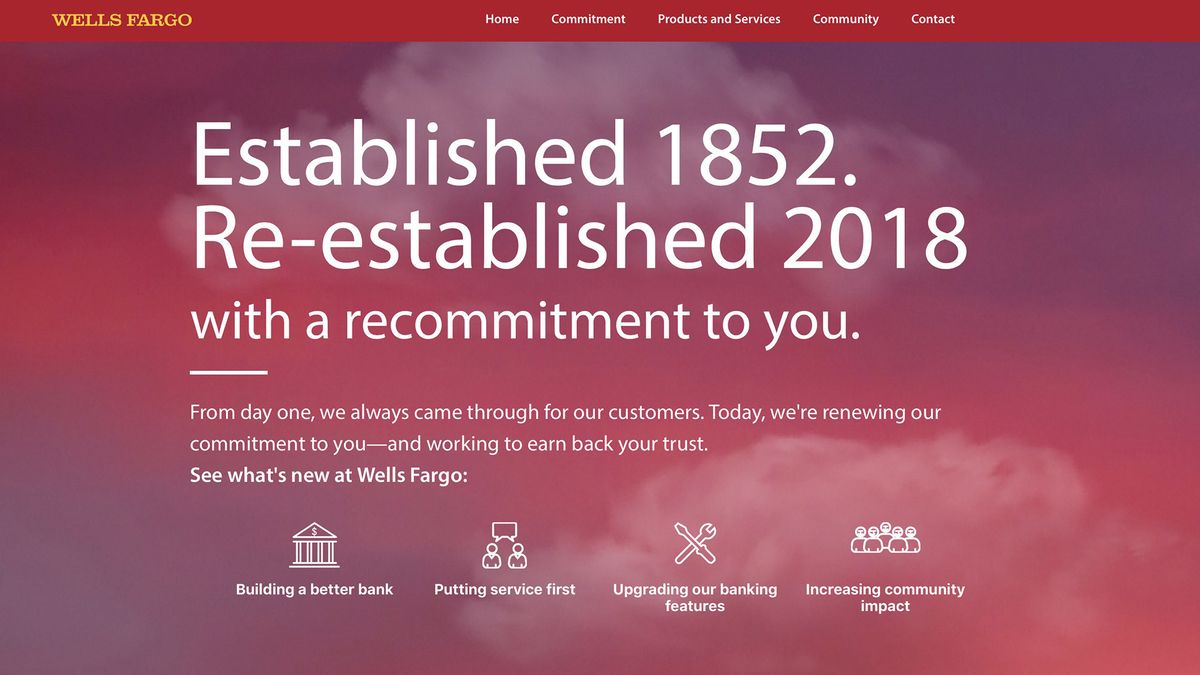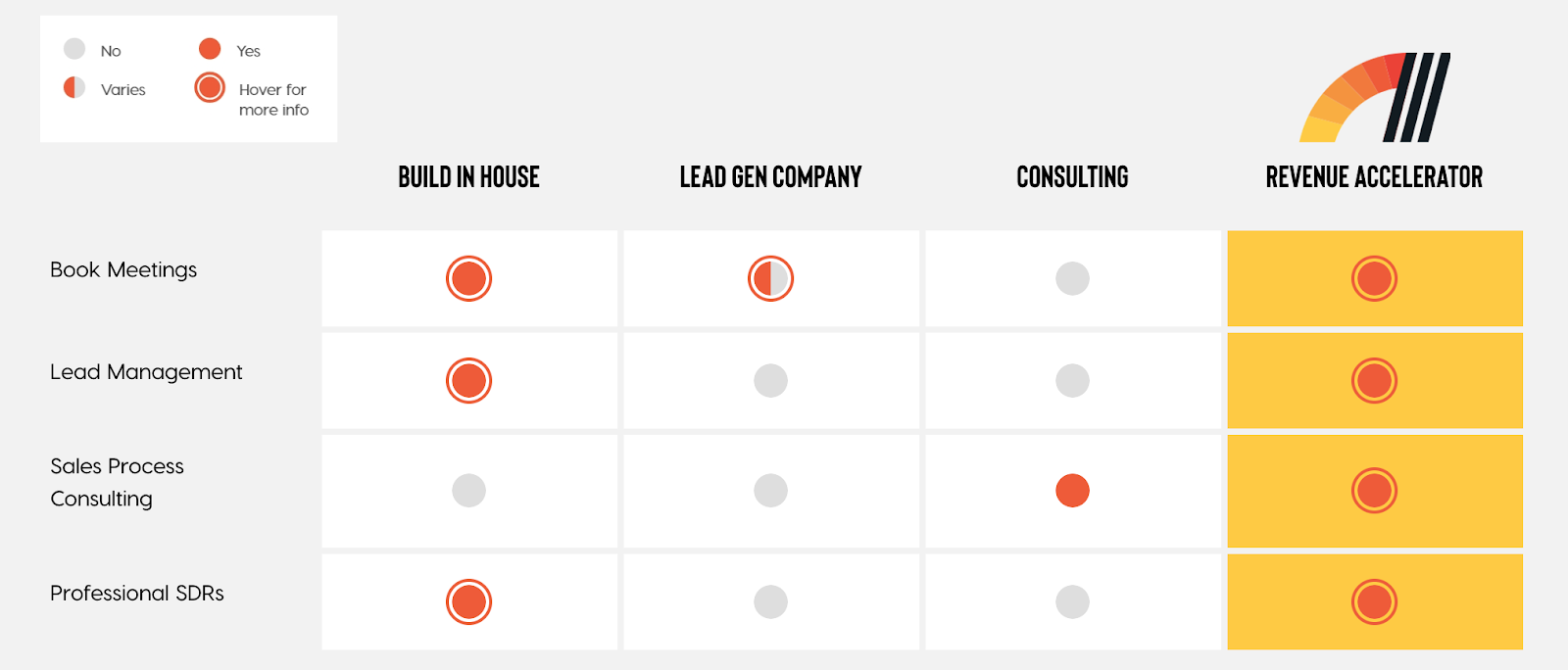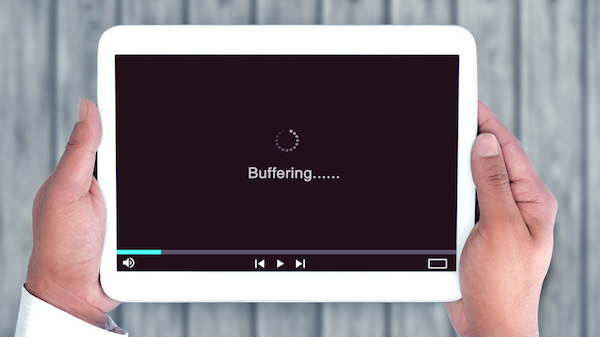HOW TO
How to build your company’s trust
Trust is built into us from the very beginning. That doesn’t mean we inherently trust every single person we see, but it means that we are hard-wired to generally trust those around us. This is especially true if those around us look and act like we do.
With that being said, you can imagine that it might be more difficult for companies to garner trust from people. Companies are not human and are less likely to remind us of ourselves. And yet, companies need humans to trust them more and more. With the rise of fintech, we’re being asked to trust more or less faceless organizations with our bank information, future plans, and much more.
How can we use Behavioral Science to increase people’s trust in companies?
We looked to Dan Ariely, known as the Godfather of Behavioral Science, to give us some ideas for how we can increase trust in companies. In his Dialogue Review paper, Dan gives us tips for creating a “trust factory”, from which we can generate trust for organizations. Let’s see how we can use these mechanisms to enhance companies’ trust.
Long lasting relationships matter
Transparency is key
Intentionality creates common ground
Understand revenge
Be on the same team
Who are you more likely to trust? Someone you’ll be working with for 1 week or 1 year? You inherently put more stake in your relationship the longer it will last. This is especially important with financial companies. If people are investing or saving their money with your company, they want to make sure you’re in it for the long-run too.
As Dan says, “With the avalanche of flashy, short term deals, customers have also become skeptical about the corporations that offer such shiny conditions to attract new customers while being less favorable to their existing – and potentially loyal – customers.”
Think Comcast: One of the most disliked, distrusted companies on Earth. They give brand new customers super cheap rates to get them in the door, but then raise their prices after a year. Been a Comcast customer for ages? You’ve probably just seen your bill go up. What would happen if we reversed this philosophy? Try creating programs that benefit your long-standing customers and reward them for being on your team for as long as they have.
Here at Next Step, we show our employees were in it for the long haul by building long-lasting relationships based on personal and professional growth. We create strategic plans that span years and include regular goals and checks. This increases our organization’s trust, both within and from the outside. Read more about this on our blog.
Transparency helps people believe in your company’s honesty because they know you’re being watched. Everyone knows that there are liars and cheaters out there, so keeping an open door is helpful for companies to maintain people’s trust. Sending out detailed reports, keeping negative reviews in plain view, and outlining company mistakes can help your organization build trust amongst your current customers and prospects.
A good example of this can be seen with Wells Fargo’s recent scandal and their subsequent new marketing campaign. The company needed to win their customers’ trust back. In their new ads, they own up to their mistakes, recommit to transparency, and try to begin anew. While it is difficult to bounce back from such a large betrayal, Wells Fargo is attempting to start fresh by appealing to their long-standing customers and highlighting the importance of trust.

Intentionality can be described as the “perceived reasoning behind our actions,” which simply means, why we did what we did. Explaining your intentionality can help people perceive your company as more human. It can also create a shared common ground and mutual values, which can help us feel similarity and therefore, comfort.
Ways you can share your company intentionality are describing the reasoning behind a potentially unpopular opinion (like removing a loved product from your offerings), showing how your actions demonstrate shared values with your customers, and explaining your process clearly so that customers understand why you did what you did.
You can combine common ground and transparency for big trust booster. Imagine you go into an electronics store looking for a phone and a computer. If the salesperson says “Hey, I know you are looking at this more expensive phone and frankly I get a better commission if you buy it, but take my word for it. This other cheaper phone is better.” Are you more or less likely to trust that employee when he recommends the more expensive computer? Sometimes giving a little ground goes a long way.
You might remember from The Princess Bride that Inigo Montoya spends his entire adult life searching for the man who killed his father, so he can enact his revenge. But, you might not realize that a lot of our decisions are also based on the ability for us to get revenge if something goes wrong. Trust is increased by that ability, too.

Think of all of the refundable purchases, bad Yelp reviews, and food sent back in your life. These are all acts of revenge (though, not as extreme as Inigo Montoya’s). The knowledge that people can do that acts as a kind of insurance and allows them to let their guard down and trust the service or company.
Consider adding online surveys to the beginning and end of the process as well as promising that if something doesn’t work, they will receive a free gift or credit. By giving them this information at the beginning of the relationship, you remind them of the power balance. People consider these common with service-centered companies, so it’s good to note that your fintech company has these options as well.
Trust is built when you realize that your incentives align. By giving suggestions that are not in the company’s best interest, you can increase prospective or current customers’ sense that you are on their team. This can be done by being honest with people. Explain why competitors have good ideas and compare them with your own. People need comparisons to make a decision (see our post on Relativity), so don’t be afraid to highlight the similarities and differences in order to build trust.
At Next Step, we recently redesigned a website for one of our clients, a lead generation company. We created a chart to help users make a more informed decision when choosing a lead gen company. By highlighting the key elements that prospects are interested in and showing where each type of service falls on the spectrum, we let them review and make their own decisions. We enhanced the feeling of trust by showing that some other services had the same benefits our company did and then allowed them to compare and contrast on their own.

Companies are competing more and more in the same spaces and the smallest differentiators are causing people to make their decisions. By utilizing these trust-building devices, you can ensure that your current customers know you have their best interests at heart and you can entice prospective customers to come on board.







